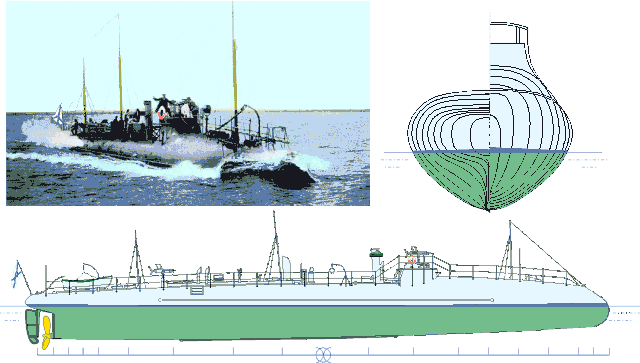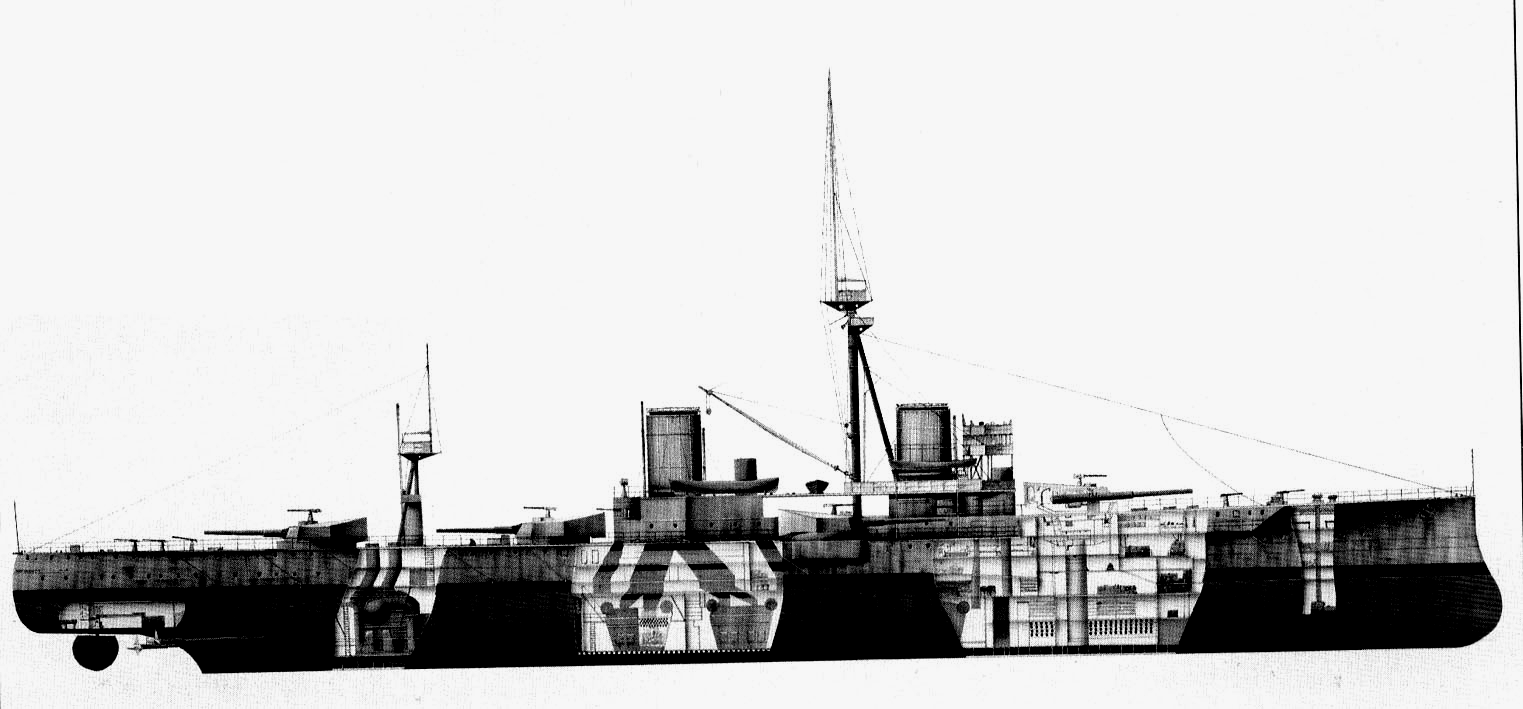
- •Часть 1 настоящего издания shipbuilding, автор Чумаков м. А. Удк 802.0:629.12(075.8) ббк 81.2Англ.Я 7. Вышла в свет в 2007 году в бнту
- •Unit I water vessels
- •Text 1a
- •Text 1b
- •Text 1c
- •Unit II passenger ships
- •Text 2a
- •Text 2b
- •Text 2c
- •Unit III cargo ships
- •Text 3a
- •Text 3b
- •Text 3c
- •Unit IV
- •Specialized vessels
- •Text 4a
- •Text 4b
- •Text 4c
- •Unit V art of shipbuilding
- •Text 5a
- •Text 5b
- •Text 5c
- •Unit VI shipbuilding technologies
- •Text 6a
- •Text 6b
- •1. Deck; 2. Transverse bulkhead; 3. Side frame; 4. Stem; 5. Forepeak; 6. Side stringer; 7. Double bottom; 8. Floor; 9. Afterpeak; 10. Sternpost; 11. Hatch; 12. Carling; 13. Deck beam
- •Synonyms:
- •Antonyms:
- •Text 6c
- •Installations
- •Hull Installation Work:
- •Electrical Installation:
- •3) Installation of the Auxiliary Machinery:
- •4) Installation of Boilers:
- •Unit VII shipbuilding in belarus
- •Text 7a
- •Text 7b
- •Text 7c
- •Belarusian sea port
- •Unit VIII future perspectives of ship-building
- •Text 8a
- •Ships of the future
- •Text 8b
- •Text 8c
- •Intelligent systems of ship automation
- •Supplementary texts
- •Vessel familiarization While Staffing a Liner
- •Minimum Requirements for the Vessel Personnel
- •Systems Of Signals
- •Navy ships of the early xxth century
- •Three from catalina
- •A “baby” in the cats’ family
- •Addison’s shipyards
- •Perspective ships. General requirements and ways of implementing
- •The main directions of the development and the features of the perspective ships
- •Appendix Types of Boat Hulls
- •Major Shipwrecks
- •Directions of a Boat
- •Abbreviations and symbols
- •Some geographical and proper names
- •Vocabulary
- •Contents
Navy ships of the early xxth century
Cruisers and destroyers constructed at the end of the XIXth and beginning the XXth centuries had ideal architecture of the hull by all the criteria.
The
destroyer used a storm course in a mode "cut through" of
waves. It is known, that in 1887 there were the sea keeping
experiment for destroyer on 6 ball roughness, where she went towards
to a wave and burying (going too far) on running cabin, showed 15.5
knots, and 17 knots at a course on a wave. According to the drawing
it is clear that the bow had n

Pic. 42. Destroyer of type “Izmail”
pressing of the hull to a surface of a wave on the ship motion that was necessary for stabilization of work of rowing screws in conditions of large roughness.
A cruiser had international form of hull, and her sea keeping quality is very similar to above-mentioned destroyer. The essence was non-resistance of storm phenomena. The inside tilt of boards and absence of the large continuous areas on the top deck was characteristic for the ship. There was obvious technological complexity of the hull, in contours of which there was no direct line.
Her modification were the battlecruiser, a vessel nearly equal in armament to other battleships but very much swifter, a ship that could cruise ahead and scout for the main battle fleet, and be capable of overwhelming any conventional cruiser. Actually, the concept arouse from a simple fact that existing cruisers had evolved into ships so large and expensive that they soon reached the end of their development.
Linear ships of that time had non-smaller seaworthiness. They had low and pointed bows and quarterdecks, which basic surface volumes were going in an average part of the hull. It provided a steady movement on roughness in conditions increased sweeps of extremities.
I

was constructed in great secrecy and in record time, a year and a day later. The name given to the formidable new ship was the Dreadnought. The prototype was a success and the construction of this revolutionary type of battleships proceeded rapidly, at the rate of three or four per year. The last dreadnoughts were launched in 1913. Their appearance changed the face of naval warfare and began an arms race with Germany in the years leading up to World War I.
There were no special requirements of propulsive quality of ship at stormy ocean to transport steam vessels because of cumbrousity and low power of the main engine. The vessel had pointed vertical stem and rounded hanging above water to an aft. In case of storm weather the vessel should take a course by a bow to a wave and to be kept on it with the help of engines before improvement of weather.
